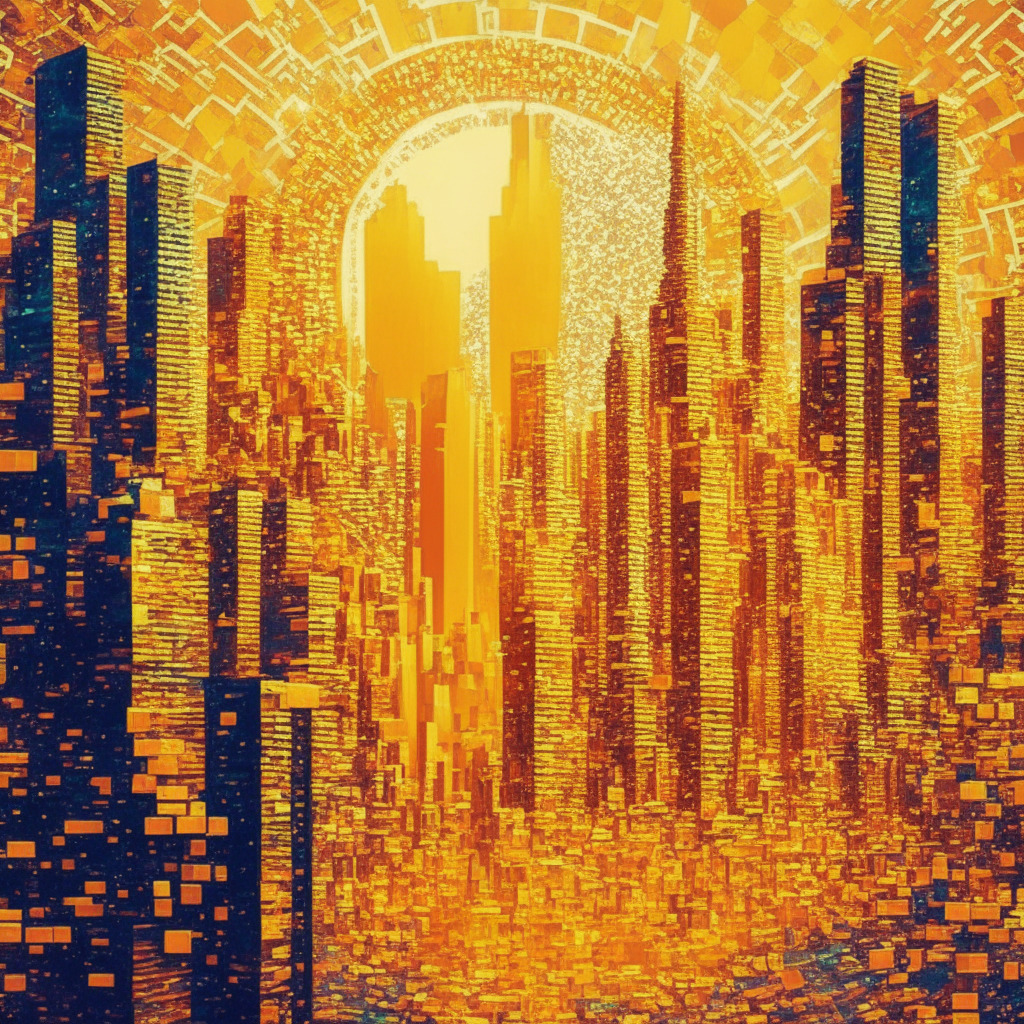The IOTA team, once top-liners during the 2017 crypto surge, is preparing to rekindle its charm. There are some intriguing twists to the approach, though, aimed at fostering network development and token valuation.
Dominik Schiener, IOTA’s co-founder, revealed to CoinDesk plans for an impending IOTA 2.0 network launch and enhanced utility for its MIOTA tokens. The upgraded network will introduce smart contracts, emphasizing layer 2 blockchains and decentralized finance (DeFi) applications. Additionally, there are plans for the debut of a new ecosystem fund, with an increase in iota tokens’ utility expected.
Forming the technical foundation for IOTA 2.0, the Stardust hard fork has an Oct.4 release planned. A hard fork represents a radical change to a blockchain’s protocol making previous versions obsolete.
IOTA’s smart contracts will be introduced through a VM (Virtual Machine), used for executing smart contracts. According to an IOTA representative, this will generate significantly more demand for Mana, IOTA’s reputation system, thereby boosting MIOTA’s demand. In essence, participation in network growth becomes a tool for enhancing one’s reputation in the form of development value. Consequently, increased MIOTA’s value elevates total network security, creating a financial whirlwind.
Schiener intimated the development of an ecosystem fund to motivate developers and teams building on the network, an approach adopted by other blockchain networks to jumpstart activity. If no further funding, the slow dwindling of IOTA’s market cap and share will persist. “We want IOTA to have a fighting chance to succeed in this market,” Schiener stated.
After the hard fork, there will be a temporary bi-weekly token release lasting 4 years until the total supply limit is reached. This scheme will result in an average annual inflation of 12%, with MIOTA’s circulating supply capped at 4.6 billion tokens after the 4-year period.
In a separate move, the IOTA team established the Tangle Ecosystem Association, based in Zug, Switzerland, and the IOTA DLT Foundation operating from Abu Dhabi, UAE. These are envisaged as pillars of support to the IOTA network. Notably, IOTA’s ambitious strides pack the potential to breathe new life into a juggernaut that seemed to pull back slightly. However, the path to this surge is not without its cynicism and hurdles, making it all the more a development to observe keenly.
Source: Coindesk




